Introduction: A Game-Changing Mission
India’s Chandrayaan 3 mission has brought significant changes to the country’s commercial space launch sector. With its low-cost approach, India is set to become the fourth nation to reach the moon for research purposes, solidifying its strength and world leadership in future space research activities.
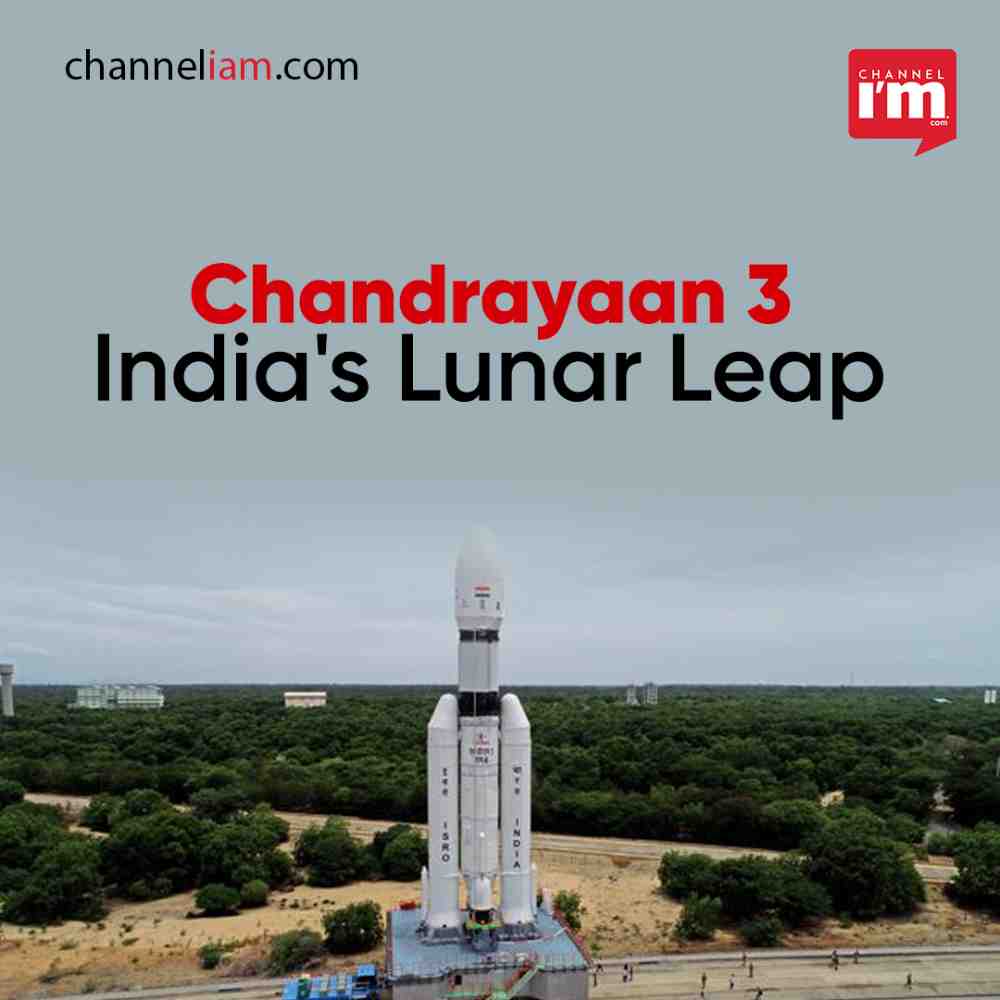
Successful Launch and Lunar Landing Awaited
Following the earlier setback of Chandrayaan 2, India now eagerly awaits the successful landing of Chandrayaan 3 on the moon. The trusted launch vehicle, LVM, lifted off from Satish Dhawan Space Center in Sriharikota at 2.35 pm on Friday, propelling Chandrayaan 3 into a temporary orbit around the Earth. Now, a 40-day wait ensues as the spacecraft prepares for its journey to the moon.
Objectives and Components of Chandrayaan 3
Chandrayaan 3 has three main components: the Lander, Rover, and Propulsion Module. These elements will work together to achieve the mission’s objectives. The lander and rover will operate on solar energy harnessed from the moon, while the propulsion module will play a crucial role in bringing the lander to a distance of 100 km from the lunar surface.
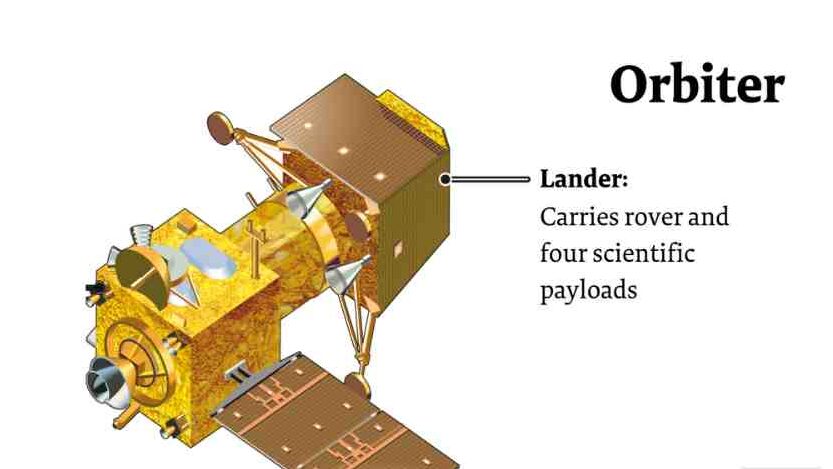
Third Lunar Mission’s Strategic Importance
India’s Chandrayaan 3 mission, with a budget of just 615 crore rupees, focuses on strategic areas that will be crucial in the future. It aims to conduct elemental composition tests, study the thermophysical properties of the moon, explore lunar seismicity, analyse the plasma environment, and investigate the presence of elements such as hydrogen and helium.
Vikram and Pragyan: Stars of the Lunar Mission
In the third lunar mission, India will land a lander named Vikram and a rover named Pragyan on the moon’s surface. The lander and rover, with an estimated lifespan of 14 days, will work in tandem to explore and collect important data. The rover, housed inside the lander, will be deployed to explore the lunar surface and transmit valuable information back to Earth.
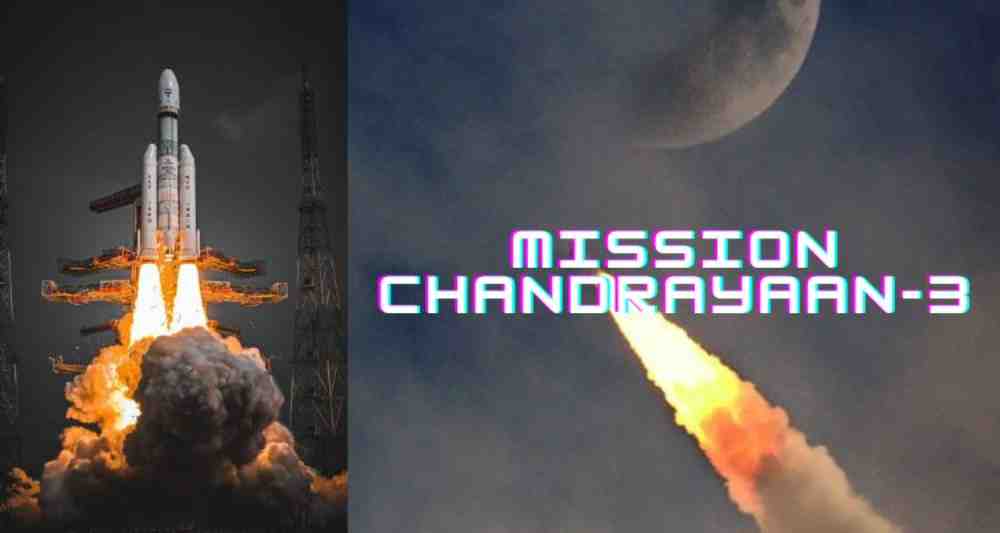
Learning from Setbacks: Error Correction Mission
ISRO undertook the Chandrayaan 3 mission after thoroughly analysing data from the previous Chandrayaan 2 mission. The setbacks encountered in Chandrayaan 2, particularly the loss of communication with the Vikram lander, prompted ISRO to make technological advancements and address the software-related issues. The new and improved Vikram Lander is equipped to overcome these challenges.
Exploration of the Moon’s South Pole
Chandrayaan 3’s lander will target the moon’s South Pole, an area of great scientific interest. This region, invisible from Earth, is believed to contain water deposits in the form of ice and potentially holds evidence of the ancient age of the solar system. India’s research in this field marks a significant milestone.
The Complexities of Landing on the Moon
Landing on the lunar surface presents a myriad of challenges, including rough terrain, rocks, and deep craters. Additionally, the moon’s weak gravity, which causes spacecraft to weigh about six times less than on Earth, poses difficulties in achieving a soft landing. To overcome these obstacles, Chandrayaan 3’s high-tech lander is equipped with nine sensors, including cameras, to facilitate accurate landing.
Baahubali: India’s Powerful Launch Vehicle
ISRO’s Baahubali, a modified version of the LVM 3 GSLV Mark 3 rocket, played a crucial role in launching Chandrayaan 3 into Earth’s orbit. Capable of lifting heavy payloads, Baahubali has proven to be ISRO’s most reliable launch vehicle, ensuring the mission’s successful start.
A Data Collection Point for Future Missions
Chandrayaan 3 serves as a vital data collection point for India’s future lunar missions. Its objectives include safe soft landing capabilities, testing the rover’s surface exploration capabilities, collecting and transmitting data back to Earth, and conducting scientific experiments on various lunar aspects. India aims to detect the presence of elements such as helium 3, magnesium, aluminium, silicon, potassium, calcium, titanium, and iron on the lunar surface.
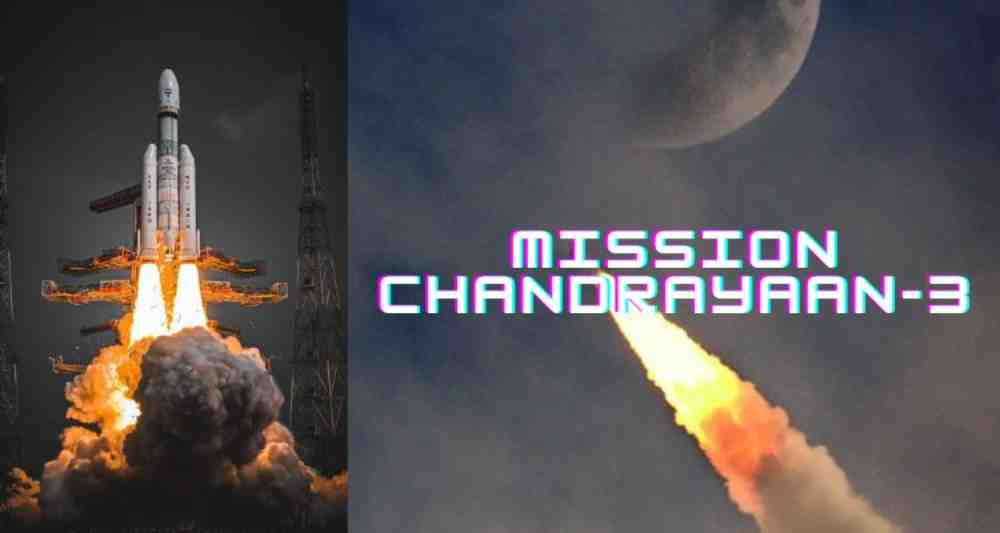
Building on Past Successes: Chandrayaan 1 and 2
India’s lunar exploration journey began with Chandrayaan 1 in 2008, which achieved major scientific milestones despite operating for a shorter duration than planned. Chandrayaan 2, launched in 2019, faced partial failure with the Vikram lander but provided valuable information through its orbiter. The orbiter’s continued operation and data collection contribute to ongoing lunar research.
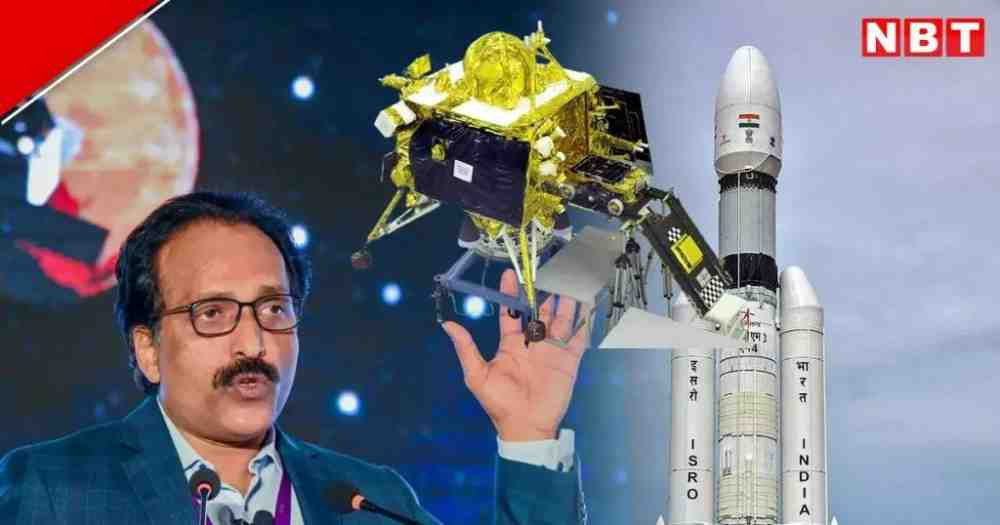
Unveiling the Moon’s Secrets
As Chandrayaan 3 embarks on its mission, India eagerly anticipates the discoveries and insights it will unlock. With its low-cost approach, technological advancements, and strategic objectives, Chandrayaan 3 positions India as a leader in lunar exploration. The mission’s success will not only strengthen India’s position in the space sector but also inspire future generations to delve deeper into the mysteries of the moon.
